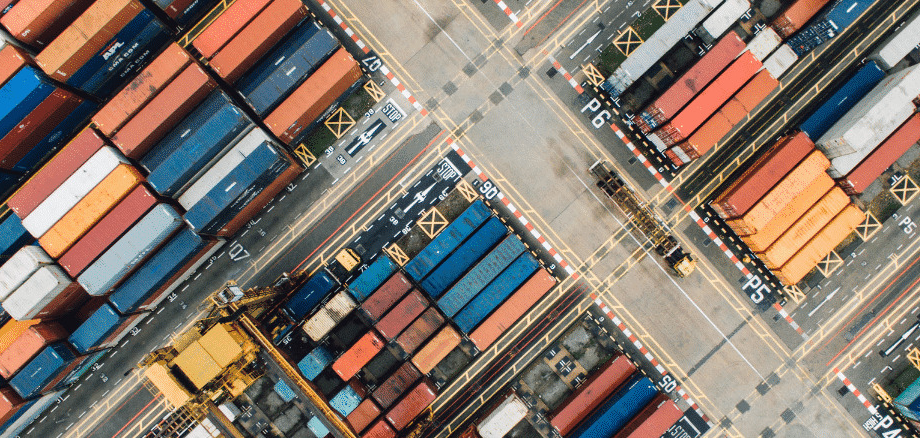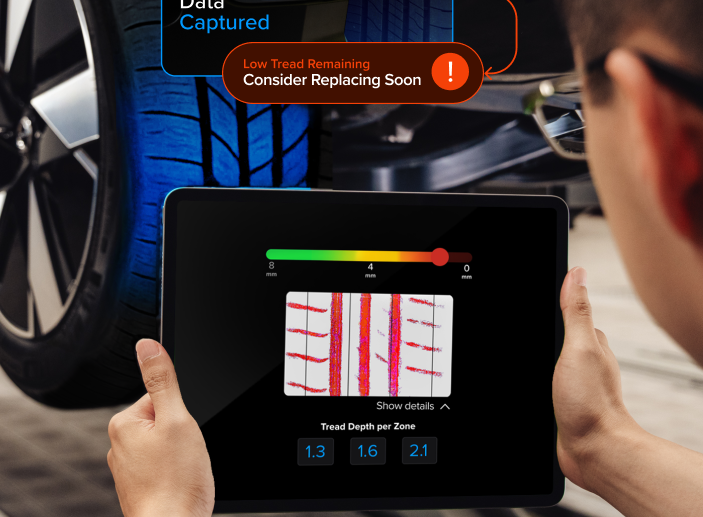
Checkoutless shopping solutions for brick and mortar retail
Retail is becoming more customer-oriented than ever, and a big part of that is understanding what consumers want. Shopping habits have shifted dramatically with more demand for a contactless experience and less friction – experiences like Scan and Go as well as increased automation into stores are on the rise.
Checkoutless stores aren’t that common yet, but the technology is ready and available. Leading retailers are competing fiercely to propose this new kind of shopping experience to their customers, knowing that it is a major asset to differentiate themselves from the rest of the competition.
In this blog, we examine what forms of checkoutless shopping solutions are available for brick and mortar stores, and discuss the advantages and disadvantages of each solution.
Jump to key topics
Jump to key topics
Why should retailers adopt Checkoutless shopping solutions?
Customers get autonomy, retailers get data
Nowadays, most customers are looking for an autonomous shopping experience. They get in, grab what they need and want, and want to go out as quick as possible. Business Insider wrote a praising piece, commenting that Walmart’s Scan and Go meant the journalist “didn’t have to interact with a single person in the store” says everything.
Customers crave for seamless experiences, making automated shops more and more appealing. One can ask if that doesn’t mean losing touch with customers. That’s not necessarily the case. Retailers can benefit from the same technology that pleases shoppers to get valuable information without any perturbation during the customer journey: Continente Labs in Lisbon, with the help of AI, sensors and cameras, monitors their customers shopping activities, gathering data on habits, journey within the store, needs for stockings and more.
It’s a key to unlocking first-party customer data
Technology driven stores are a massive asset to new consumer data. They provide real-time data from brick and mortar stores, just like an online shop would.
By understanding in-store customer behavior – what’s picked on impulse, what gets picked up but discarded afterwards, where do consumers hesitate – retailers can develop the customer-centric experience that was previously reserved for ecommerce and made it appealing to many. Building a better customer journey in-store is what makes brands able to give the best to their customers.
Retail workers can be reassigned to more productive work
With automated checkouts, retail jobs can evolve to better fit shoppers’ demands. Employees are no longer stuck behind a cashier all day. They can now be active on the shop floor, dispensing help and advice to the customers that need it. Retail workers also gain a greater flexibility to perform the tasks that are important to the customer experience.
Why is Scan & Go the most agile solution?
Scan & Go is “the easy way” into checkoutless retail. It can be implemented in any existing brick and mortar store, and doesn’t need much physical modifications or improvements to be fully deployed. All retailers need is a Scan & Go App for their customers to use, and all the customers need is a mobile device equipped with a camera.
With Scan & Go, customers have to register and log in the retailer’s app on their smartphone, and scan the items they want to buy using their phone camera. Each item is added to a digital cart on the app, and when the customers come to the end of their shopping list, they just pay on through the app.
Scan & Go has been adopted by various retail shops, from convenience stores like 7-Eleven, to Walmart’s superstores. As the only requirement to get going is integrate a barcode scanning solution to their existing app, or to develop a new one, the square footage of brick and mortar stores is no limitation to go checkoutless with Scan & Go.
In short, Scan and Go is:
- Easy to put in place
- Can be scaled from corner shops to megastores
- The only investment required is to develop an app or integrate it to the existing retailer’s app.
How feasible is “just walk out” technology for the average retailer?
Another checkoutless solution has emerged recently, mostly driven by Amazon Go and Amazon Fresh stores, and can be summarized to “Just walk out” technology.
In this scenario customers use their phone and the Amazon Go App to enter the store, and can then start shopping. Every item and each customer is monitored in real time by a combination of computer vision and weight sensors to keep track of what item is picked up by which customer, if an item is returned to the shelf, and so on. Once the customer is done, they can simply walk out the door and the payment is automatically done.
But how feasible is it for the average retail store? While this checkoutless solution looks amazing and causes almost no friction for customers, it requires heavy investments to put in place by retailers:
- Every item needs to be on an accurate scale, as the variation in weight are taken into account by “Just walk out” technology to know how many items are picked up by a customer,
- It requires many cameras to monitor products as well as customers within the store,
- Retailers would also need to implement automatic entry access control.
- In addition to those investments and requirements, retailers have to take in consideration the computer vision and AI software that makes everything come together.
It is therefore a significant challenge for most brick and mortar stores to scale “Just walk out” technology to larger stores. At this moment, most stores that use this solution have a limited square footage, like the Hudson nonstop store in Dallas Love Field Airport.
Conclusion
Checkoutless shopping is without doubt one of the most exciting recent developments in the retail space, driven by technological advancements and the increasing customer desire for personal space and autonomy while shopping. As we have seen in this blog, it brings added benefits for retailers too. It enhances customer experience, provides valuable data on customer behavior, and reduces labor costs.
Ultimately, it is up to retailers to choose the right solution for their store. While “just walk out” is really the Rolls-Royce of checkoutless solutions, it requires tremendous investments and could be hard to apply to supermarkets or superstores. By contrast, Scan & Go allows brick and mortar stores to adopt checkoutless shopping with limited investment and little to no modifications to existing stores.



